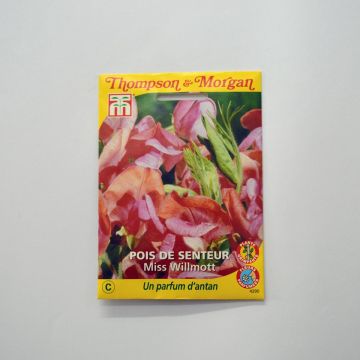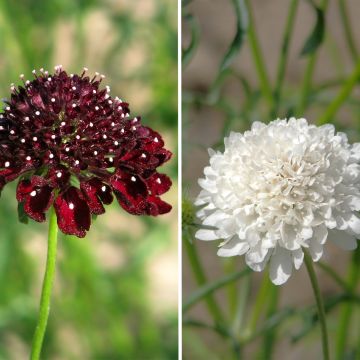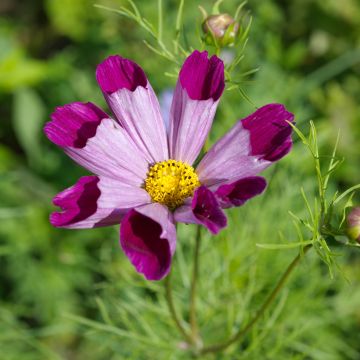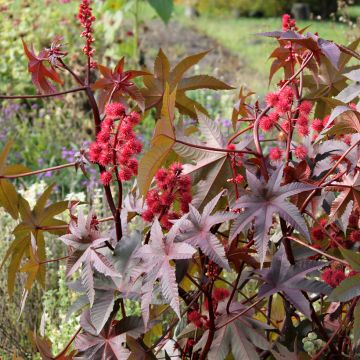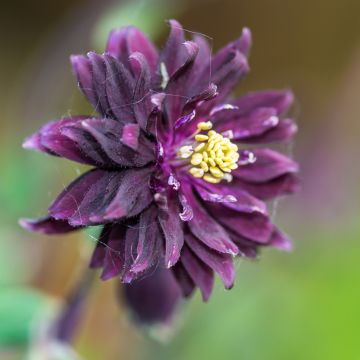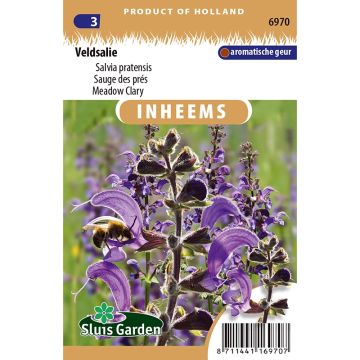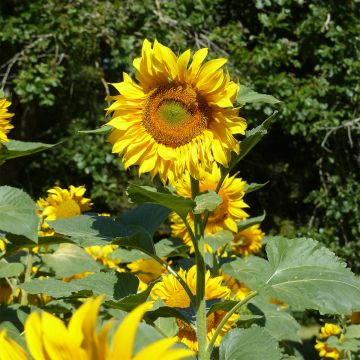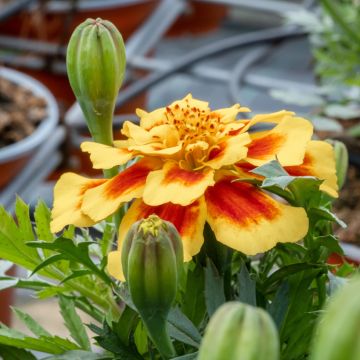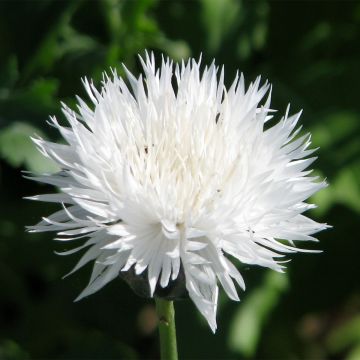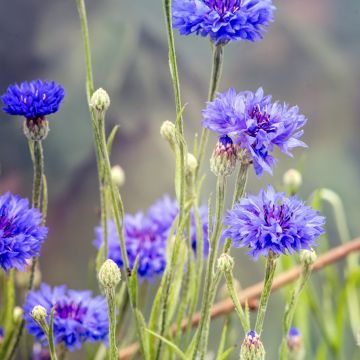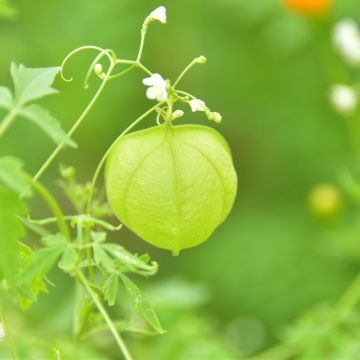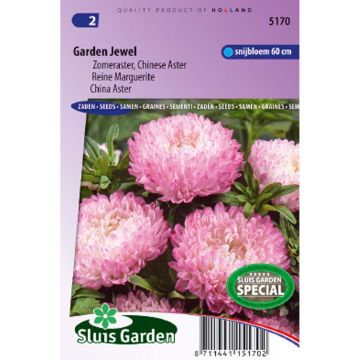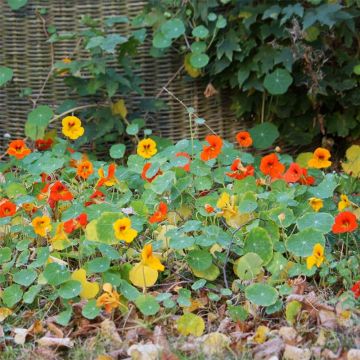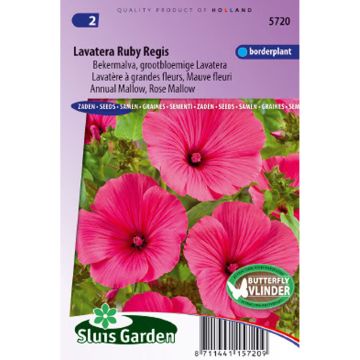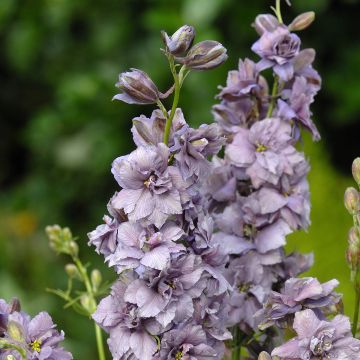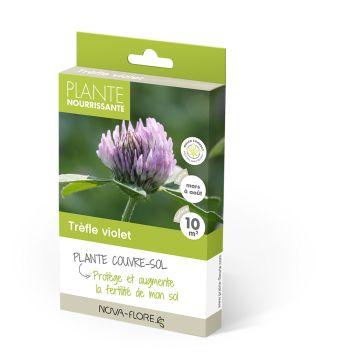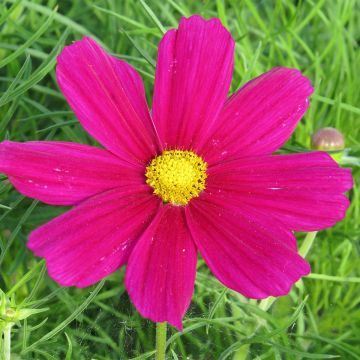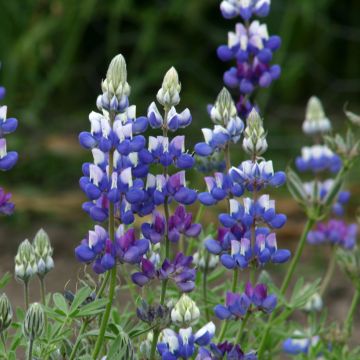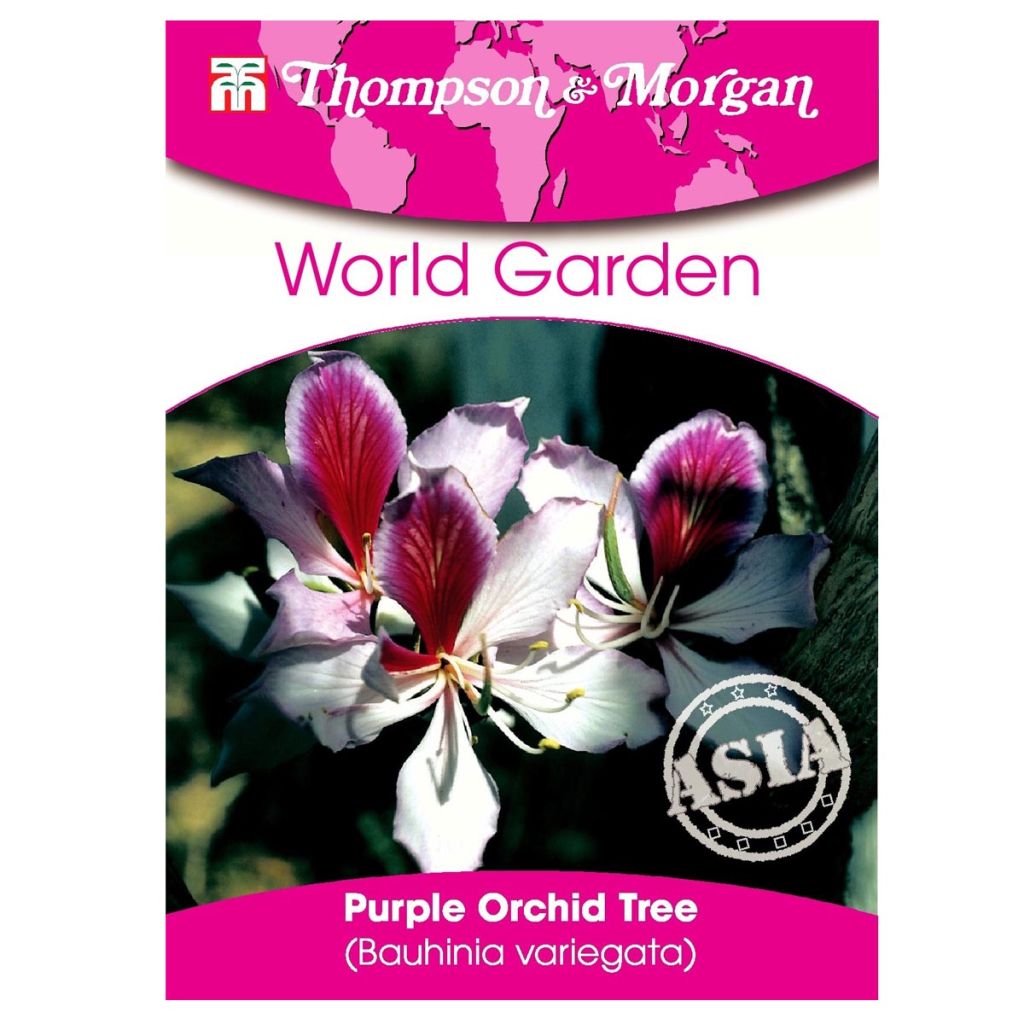

Orchid tree Seeds - Bauhinia variegata
Orchid tree Seeds - Bauhinia variegata
Bauhinia variegata
Mountain Ebony - Camel's Foot Tree
Sown, but not sprouting????
Catherine, 11/04/2021
This plant carries a 6 months recovery warranty
More information
We guarantee the quality of our plants for a full growing cycle, and will replace at our expense any plant that fails to recover under normal climatic and planting conditions.
Seed-only orders are dispatched by sealed envelope. The delivery charge for seed-only orders is €3.90.
Does this plant fit my garden?
Set up your Plantfit profile →
Description
The Orchid Tree or Bauhinia variegata is an exotic tree native to East Asia. Its impressive blooms are so beautiful that the Hong Kong Administrative Region decided to make it its emblem. It is also therefore known as the "Hong Kong Orchid Tree".
In its natural habitat, this tree develops a straight trunk and a rounded, spreading habit, reaching between 8 and 12 m in height once adult. Grown in a container, it will never grow to such great proportions but will measure between 90 and 240 cm. To fully take advantage of its magnificent blooms, it is best to grow this beautiful exotic plant in a pot, in a greenhouse or frost-free conservatory where you can maintain a minimum temperature of 10-13° C in winter.
What is most surprising at first glance, is the characteristic shape of its large, intensely green, two-lobed leaves that reach 10 to 20 cm across. They almost look like the open shells of a soft-shell clam.
From winter to spring, clusters of large, magenta and white, orchid-like flowers cover most of the tree's foliage, smothering the tips of the branches. The flowers measure between 8 and 12 cm in diameter.
Plant in a good quality garden soil mixed in with potting soil or compost. In the summer you can take it out on the terrace and put it in a warm, sunny spot. Take care to keep the soil moist without excess.
Ecological benefits: the last flowers in spring will attract the first pollinating and foraging insects of the season and since the flowers of the Bauhinia are also melliferous, they will provide them with a delicious nectar. Planting one is a good way to improve your garden's ecosystem.
Report an error about the product description
Flowering
Foliage
Plant habit
Botanical data
Bauhinia
variegata
Fabaceae, Papillonaceae
Mountain Ebony - Camel's Foot Tree
China
Other Thompson and Morgan seeds
Planting and care
Sow the Orchid Tree from February to April in a pot. Use a good quality compost, taking care to sift the soil on the surface to ensure proper contact between the seeds and the growing medium. Before sowing, lightly tamp down the soil with a small plank. Sow your seeds one by one, to a depth of 1 cm. Cover the seeds by sprinkling compost or vermiculite, press down lightly and water generously in a fine mist or fine spray. Place your pots in a bright spot without direct sunlight, at a temperature of 20 °C to 30 °C. Lower the temperature at night to 15°c in order to create a favourable alternation for germination.
Seedling emergence will take 10 to 60 days. Keep the soil moist without excess during growth.
From the end of June to beginning of July, the temperature in the garden should be warm enough to plant out your seedlings. Choose a warm, sunny position, sheltered from the wind. As soon as the temperature drops to around 15 °C, place your pots indoors, in a heated greenhouse or frost-free conservatory.
Sowing period
Intended location
-
, onOrder confirmed
Reply from on Promesse de fleurs
Flower seeds
Haven't found what you were looking for?
Hardiness is the lowest winter temperature a plant can endure without suffering serious damage or even dying. However, hardiness is affected by location (a sheltered area, such as a patio), protection (winter cover) and soil type (hardiness is improved by well-drained soil).

Photo Sharing Terms & Conditions
In order to encourage gardeners to interact and share their experiences, Promesse de fleurs offers various media enabling content to be uploaded onto its Site - in particular via the ‘Photo sharing’ module.
The User agrees to refrain from:
- Posting any content that is illegal, prejudicial, insulting, racist, inciteful to hatred, revisionist, contrary to public decency, that infringes on privacy or on the privacy rights of third parties, in particular the publicity rights of persons and goods, intellectual property rights, or the right to privacy.
- Submitting content on behalf of a third party;
- Impersonate the identity of a third party and/or publish any personal information about a third party;
In general, the User undertakes to refrain from any unethical behaviour.
All Content (in particular text, comments, files, images, photos, videos, creative works, etc.), which may be subject to property or intellectual property rights, image or other private rights, shall remain the property of the User, subject to the limited rights granted by the terms of the licence granted by Promesse de fleurs as stated below. Users are at liberty to publish or not to publish such Content on the Site, notably via the ‘Photo Sharing’ facility, and accept that this Content shall be made public and freely accessible, notably on the Internet.
Users further acknowledge, undertake to have ,and guarantee that they hold all necessary rights and permissions to publish such material on the Site, in particular with regard to the legislation in force pertaining to any privacy, property, intellectual property, image, or contractual rights, or rights of any other nature. By publishing such Content on the Site, Users acknowledge accepting full liability as publishers of the Content within the meaning of the law, and grant Promesse de fleurs, free of charge, an inclusive, worldwide licence for the said Content for the entire duration of its publication, including all reproduction, representation, up/downloading, displaying, performing, transmission, and storage rights.
Users also grant permission for their name to be linked to the Content and accept that this link may not always be made available.
By engaging in posting material, Users consent to their Content becoming automatically accessible on the Internet, in particular on other sites and/or blogs and/or web pages of the Promesse de fleurs site, including in particular social pages and the Promesse de fleurs catalogue.
Users may secure the removal of entrusted content free of charge by issuing a simple request via our contact form.
The flowering period indicated on our website applies to countries and regions located in USDA zone 8 (France, the United Kingdom, Ireland, the Netherlands, etc.)
It will vary according to where you live:
- In zones 9 to 10 (Italy, Spain, Greece, etc.), flowering will occur about 2 to 4 weeks earlier.
- In zones 6 to 7 (Germany, Poland, Slovenia, and lower mountainous regions), flowering will be delayed by 2 to 3 weeks.
- In zone 5 (Central Europe, Scandinavia), blooming will be delayed by 3 to 5 weeks.
In temperate climates, pruning of spring-flowering shrubs (forsythia, spireas, etc.) should be done just after flowering.
Pruning of summer-flowering shrubs (Indian Lilac, Perovskia, etc.) can be done in winter or spring.
In cold regions as well as with frost-sensitive plants, avoid pruning too early when severe frosts may still occur.
The planting period indicated on our website applies to countries and regions located in USDA zone 8 (France, United Kingdom, Ireland, Netherlands).
It will vary according to where you live:
- In Mediterranean zones (Marseille, Madrid, Milan, etc.), autumn and winter are the best planting periods.
- In continental zones (Strasbourg, Munich, Vienna, etc.), delay planting by 2 to 3 weeks in spring and bring it forward by 2 to 4 weeks in autumn.
- In mountainous regions (the Alps, Pyrenees, Carpathians, etc.), it is best to plant in late spring (May-June) or late summer (August-September).
The harvesting period indicated on our website applies to countries and regions in USDA zone 8 (France, England, Ireland, the Netherlands).
In colder areas (Scandinavia, Poland, Austria...) fruit and vegetable harvests are likely to be delayed by 3-4 weeks.
In warmer areas (Italy, Spain, Greece, etc.), harvesting will probably take place earlier, depending on weather conditions.
The sowing periods indicated on our website apply to countries and regions within USDA Zone 8 (France, UK, Ireland, Netherlands).
In colder areas (Scandinavia, Poland, Austria...), delay any outdoor sowing by 3-4 weeks, or sow under glass.
In warmer climes (Italy, Spain, Greece, etc.), bring outdoor sowing forward by a few weeks.

































